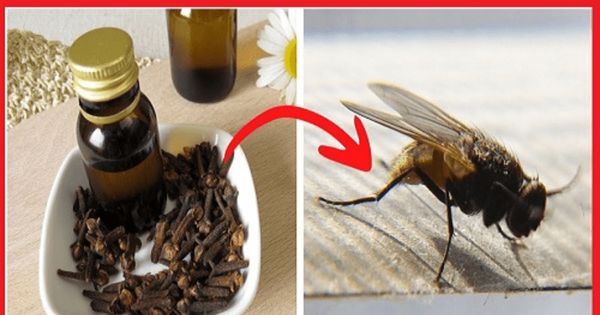
Are pesky bugs and insects causing a buzz in your kitchen? Don’t fret! We’ve got you covered with a simple and natural solution that will send them packing. Imagine a kitchen free from mosquitoes and flies, where you can cook and dine in peace. Sounds great, right? Well, read on to discover the secret to creating your own DIY insect repellent.
The Ingredients: Safe, Effective, and Accessible
When it comes to making your own insect repellent, it’s important to choose ingredients that are not only safe but also easy to find. Here’s what you’ll need:
-
Essential Oils: Select from a range of bug-repelling essential oils such as citronella, eucalyptus, lavender, peppermint, or lemon grass. These oils are known for their effectiveness in keeping insects at bay.
-
Witch Hazel or Rubbing Alcohol: This will act as the base for your repellent, helping it to stay on your skin for longer.
-
Vegetable Glycerin: Though optional, adding a teaspoon of vegetable glycerin to the mixture can help moisturize your skin and extend the life of the repellent.
-
Water: Use either distilled or boiled (cooled) water to dilute the mixture.
Now that you have your ingredients ready, it’s time to get mixing!
The Simple Instructions: A Recipe for Success
Follow these easy steps to create your very own DIY insect repellent:
-
Combine Essential Oils: In a spray bottle, mix 30-50 drops of your chosen essential oils. Remember, the more oils you use, the stronger the repellent will be.
-
Add Witch Hazel or Alcohol: Fill about half of the bottle with witch hazel or rubbing alcohol. This will serve as the base of your repellent.
-
Add Water: Fill the rest of the bottle with water, leaving a little space at the top for shaking. This will dilute the mixture to a safe and effective level.
-
Optional Step: Add Vegetable Glycerin: If you have dry skin, consider adding a teaspoon of vegetable glycerin to the mixture. This will not only moisturize your skin but also ensure the repellent lasts longer.
-
Shake Well: Secure the lid tightly and give the bottle a good shake, ensuring that all the ingredients are thoroughly mixed.
-
Test and Use: Before applying the repellent to your skin, do a patch test to check for any allergic reactions. Once you’re confident it’s safe for you, spray the repellent on exposed skin or clothing as needed. Remember to reapply every few hours for maximum effectiveness.
Additional Tips: Enhancing the Effectiveness
Here are a few tips to enhance the effectiveness of your DIY insect repellent:
-
Proper Storage: Store the repellent in a cool and dark place to preserve its potency, ensuring it remains effective for longer.
-
Shake before Use: Always give the bottle a good shake before using the repellent, as the oils and water may separate.
-
Plant Bug-Repellent Plants: Consider planting bug-repellent plants, such as citronella, lavender, and marigolds, around your kitchen or in window boxes for added protection.
Remember, while natural repellents are a safer alternative to chemical ones, they may need to be applied more frequently. So, free your kitchen from those bothersome bugs and enjoy your cooking and dining experiences to the fullest!



